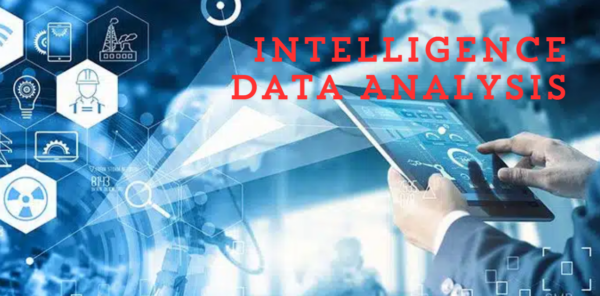
Unlocking the Power of Information
In a world where information is both abundant and critical, the ability to analyze intelligence data effectively has become paramount for organizations across various sectors. Intelligence data analysis involves the systematic examination of raw data to extract meaningful insights, support decision-making, and anticipate future trends. Whether applied in national security, corporate strategy, or competitive intelligence, this analytical process is essential for transforming data into actionable intelligence.
What is Intelligence Data Analysis?
Intelligence data analysis is the process of collecting, processing, and interpreting data to generate valuable insights that inform strategic decisions. Unlike general data analysis, intelligence data analysis often focuses on specific goals, such as identifying threats, opportunities, or patterns that could impact an organization or government. This process typically involves a combination of statistical methods, qualitative analysis, and advanced technologies like artificial intelligence (AI) and machine learning.
The Intelligence Data Analysis Process
The process of intelligence data analysis can be broken down into several key steps:
- Data Collection: The first step involves gathering data from various sources. This could include open-source information, internal reports, social media, satellite imagery, signals intelligence, and more. The data collected may be structured (e.g., databases) or unstructured (e.g., text, video).
- Data Processing: Once collected, the data must be cleaned and organized. This step involves filtering out irrelevant or redundant information, correcting errors, and structuring the data in a way that makes it ready for analysis. For instance, unstructured data might be converted into a format that can be more easily analyzed.
- Data Analysis: This is the core of the process. Analysts apply various techniques, such as statistical analysis, pattern recognition, and predictive modeling, to uncover hidden relationships and trends within the data. Advanced tools and software are often used to enhance the accuracy and speed of analysis.
- Interpretation: After analyzing the data, the next step is to interpret the results. This involves understanding the implications of the findings and determining how they align with the goals of the organization or mission. Interpretation requires not only technical expertise but also contextual knowledge.
- Dissemination: The final step is to communicate the insights gained from the analysis to decision-makers. This might involve creating reports, visualizations, or dashboards that clearly present the key findings and recommendations. Effective dissemination ensures that the insights are understood and acted upon.
Applications of Intelligence Data Analysis
Intelligence data analysis is used across a wide range of fields, each with its own specific applications:
- National Security: In the realm of national security, intelligence data analysis is critical for identifying potential threats, such as terrorist activities or cyberattacks. By analyzing data from multiple sources, security agencies can detect suspicious patterns and respond proactively.
- Corporate Strategy: Businesses use intelligence data analysis to monitor competitors, understand market trends, and identify new opportunities. For example, a company might analyze data on customer behavior to refine its marketing strategies or to develop new products.
- Healthcare: In healthcare, intelligence data analysis can be used to predict disease outbreaks, optimize resource allocation, and improve patient care. By analyzing health records and other data, healthcare providers can identify at-risk populations and tailor interventions accordingly.
- Financial Services: Financial institutions employ intelligence data analysis to detect fraudulent activities, assess credit risks, and make investment decisions. By analyzing transaction data and market trends, banks and investment firms can protect assets and maximize returns.
Challenges in Intelligence Data Analysis
Despite its benefits, intelligence data analysis is not without challenges. One of the biggest obstacles is the sheer volume and complexity of data. With the proliferation of digital information, analysts must sift through vast amounts of data, much of which may be noisy or irrelevant. Ensuring data quality and accuracy is another significant challenge, as flawed data can lead to incorrect conclusions.
Another challenge lies in the ethical and legal implications of intelligence data analysis. The use of personal data, particularly in national security and law enforcement, raises concerns about privacy and civil liberties. Organizations must navigate these issues carefully to maintain public trust and comply with regulations.
The Future of Intelligence Data Analysis
As technology continues to advance, the field of intelligence data analysis is poised for significant growth and evolution. AI and machine learning will play an increasingly central role, enabling more sophisticated and automated analysis. These technologies can process data at scale, uncover complex patterns, and even predict future events with a high degree of accuracy.
Moreover, the integration of data from diverse sources, such as the Internet of Things (IoT), social media, and geospatial data, will provide richer insights and more comprehensive intelligence. As a result, organizations will be better equipped to anticipate and respond to emerging challenges and opportunities.
Conclusion
Intelligence data analysis is a powerful tool for unlocking the value hidden within vast datasets. By systematically analyzing and interpreting data, organizations can gain critical insights that drive informed decision-making and strategic planning. As the field continues to evolve, those who master intelligence data analysis will be well-positioned to navigate the complexities of an increasingly data-driven world.
